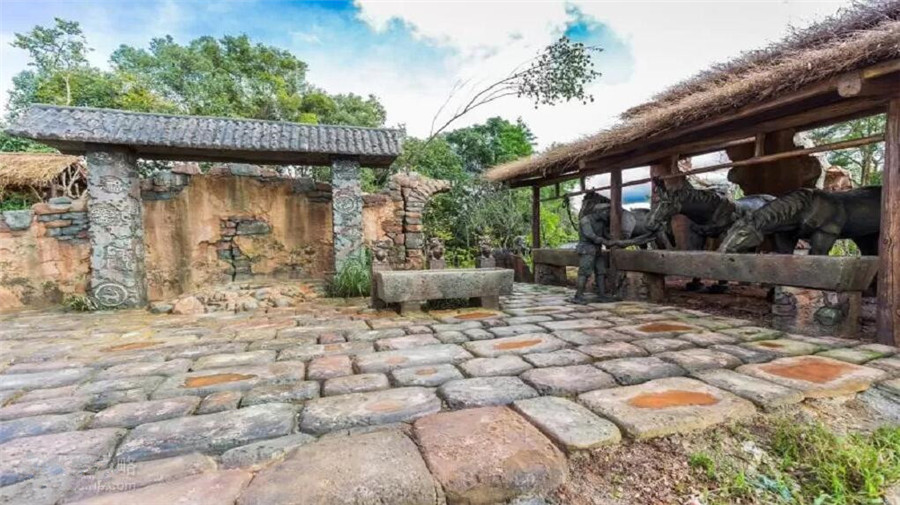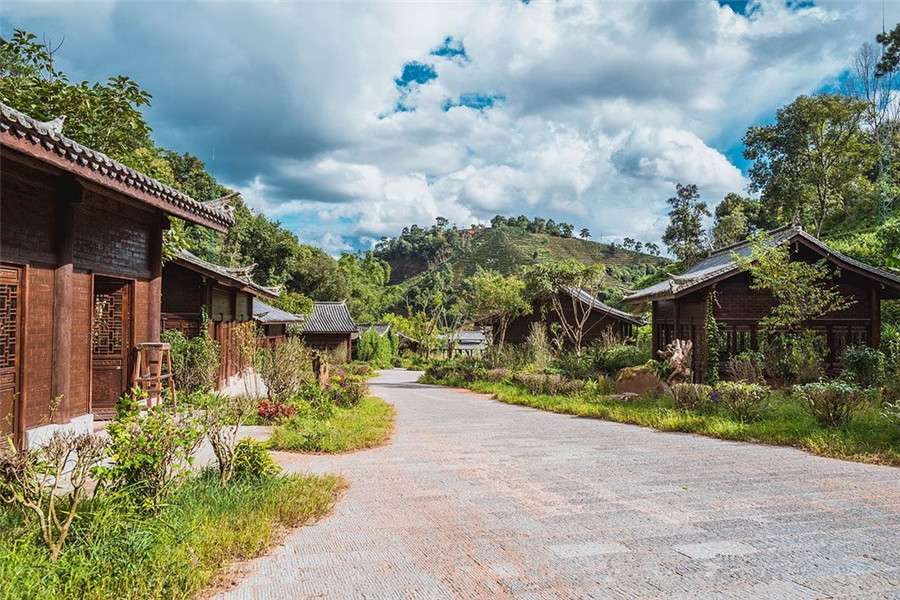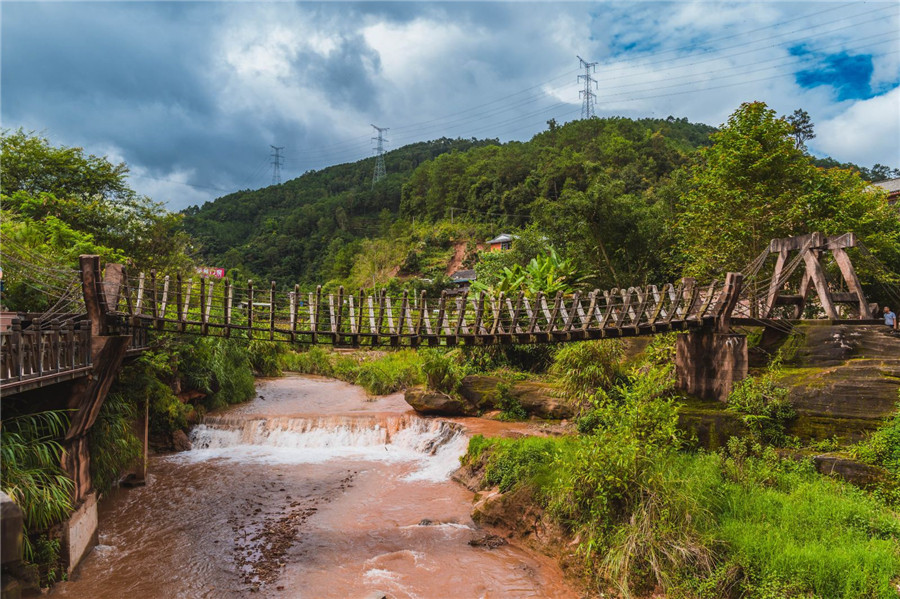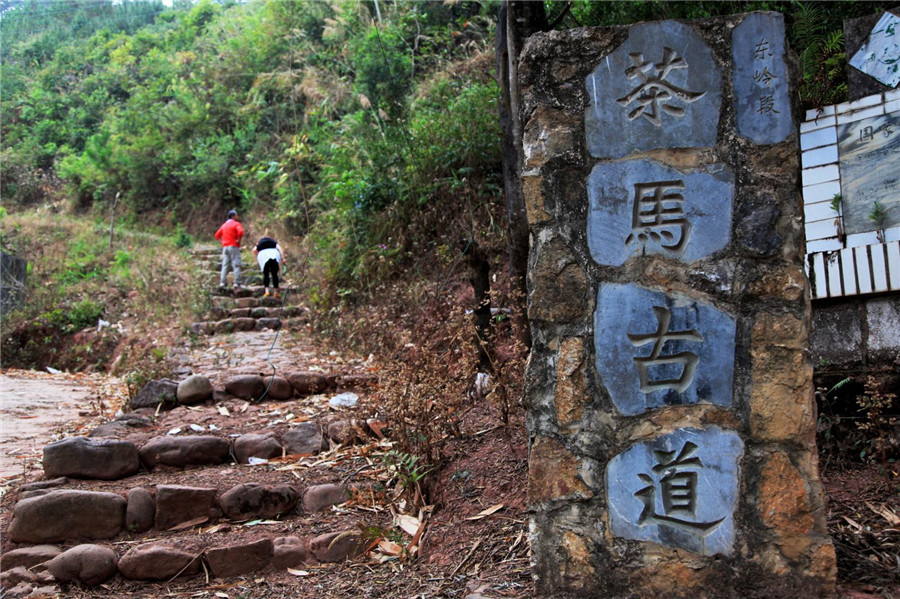
The Ancient Tea Horse Road in Yunnan
The Ancient Tea Horse Road in Yunnan Province is a particularly significant segment of this historic trade network. Yunnan, with its rich natural resources and strategic location, played a central role in the trade of tea, horses, and other goods along this route. Here’s an overview of its key aspects in Yunnan:
Historical Significance
- Yunnan’s Role:
- Yunnan was a major starting point for the Tea Horse Road, especially the routes that began in cities like Pu’er and Lijiang. The province’s abundant tea plantations provided the primary goods for trade, while its geographical position facilitated connections to Tibet and beyond.
- Trade and Exchange:
- The tea from Yunnan, especially compressed tea bricks, was transported northward to Tibet, while horses and other goods were brought back to Yunnan. This exchange was crucial for the local economy and influenced the cultural and social dynamics in the region.
Key Routes and Locations
- Pu’er City:
- Pu’er Tea: Known for its high-quality Pu’er tea, this city was a major starting point of the Tea Horse Road. The tea was transported from here to Tibet and other regions.
- Tea Plantations: The ancient tea plantations around Pu’er are still operational and continue to produce the famous Pu’er tea.
- Lijiang:
- Lijiang Ancient Town: A UNESCO World Heritage site, Lijiang was an important trading hub on the Tea Horse Road. Its well-preserved architecture and cultural heritage reflect its historical significance.
- Ancient Tea Horse Road Museum: Located in Lijiang, this museum provides insights into the history and cultural impact of the Tea Horse Road.
- Shangri-La:
- Zhongdian (Shangri-La): This area, once known as Zhongdian, was a key junction on the route to Tibet. It is famous for its stunning landscapes and Tibetan culture.
- Dali:
- Dali Ancient City: Dali served as a crucial trade center on the Tea Horse Road. The ancient city, with its historical architecture and cultural heritage, still attracts visitors interested in the history of the route.

Cultural and Historical Heritage
- Cultural Exchange:
- The interaction between different ethnic groups, including the Han Chinese, Tibetans, Bai, and Naxi, along the Tea Horse Road enriched the cultural tapestry of Yunnan. This exchange influenced local customs, religious practices, and artistic expressions.
- Historic Sites:
- Several historical sites and ancient roads have been preserved in Yunnan. These include ancient post roads, old trading posts, and traditional caravanserais.
- Festivals and Traditions:
- The traditions and festivals of the ethnic groups in Yunnan, such as the Bai, Naxi, and Tibetan communities, reflect the cultural amalgamation brought about by the Tea Horse Road.
Preservation and Tourism
- Cultural Preservation:
- Efforts have been made to preserve and promote the historical sites associated with the Tea Horse Road in Yunnan. This includes maintaining ancient pathways, traditional architecture, and local customs.
- Tourism Development:
- The ancient trade routes and related historical sites have become popular tourist attractions. Guided tours, historical reenactments, and cultural experiences are offered to visitors interested in exploring the legacy of the Tea Horse Road.
- Modern Initiatives:
- Yunnan’s tourism and cultural departments work to integrate the historical significance of the Tea Horse Road into modern travel experiences, offering insights into the province’s rich history and cultural heritage.
The Ancient Tea Horse Road in Yunnan remains a fascinating testament to the historical trade routes that shaped the region’s culture, economy, and connections with neighboring areas. It continues to attract scholars, tourists, and history enthusiasts interested in exploring its rich legacy.
The Relics of The Ancient Tea Horse Road in Yunnan
The ancient tea horse road, a vital trade route in Yunnan province, is dotted with 86 cultural heritage sites spread across 21 counties and cities. Below is a summary of some key locations:
Xiangyun County
- Yunnanyi Ancient Road (Yunnanyi Town): Located at 25°25′29″N 100°41′26″E.
- Xiaoshao to Huangcaoshao Ancient Road (Midian Town).
- Baisha Slope to Yongan Bridge Ancient Road (Midian Town).
- Tiger Pass to Puchang River Section (Midian Town).
- Xincun to Binchuan South Boundary Monument Section (Xiangyun Town).
- Zhenyang Gate (Gulou East Street, Xiangcheng Town): Positioned at 25°28′45″N 100°33′34″E.
Yangbi Section
- Dahe River Street Section (Pingpo Town): 240 meters long.
- Liziyuan to Dam Field Section (Pingpo Town): 550 meters, includes Voucher Bridge.
- Jinniu Village Mud Pass Section (Cangshan West Town): 100 meters long.
- County Bonan Section (Cangshan West Town): 900 meters long.
- Shuangmo Lane, Xiajie Village (Cangshan West Town): 400 meters long.
Yongping Section
- Jiaogou Mount Section (Yongping County).
- Wanma Guichao Section (Bonan Town): 140 meters long.
- Iron Works to Little Flower Bridge (Yongping County): 1600 meters long.
- Dahuajiao Section (Yongping County).
- Bonan Mount Section (Yongping County).
- Shanyang Old Street Section (Yongping County).
Midu Section
- Yonghe Village (Mizhi Town): Located at 25°10′03″N 100°31′21″E.
Heqing Xiangmian Mountain Section
- Located in Heqing County, Songgui Town, Jindun Township.
Jianchuan Section
- Located in Shaxi Town, Jianchuan County at 26°19′12″N 99°51′03″E.
Simao Section
- Caiyang River Section (Yutang Village Committee, Yixiang Town, Simao District).
- Jiejipo Section (Simao District).

Ning’er Section
- Cha ‘an Tang Ancient Road (Ning’er County): Starts at Minzhu Village, ends at Xingguang Village.
- Korie Tea Horse Road (Ning’er County): 4.38 km long.
- Peacock Screen Tea Horse Ancient Road (Ning’er County): 27 km long.
Yulong County
- Seventy-Two Lines (Taian Township, Longpan Township).
Shangri-La City
- Twenty-Four Turn Sections: 38 km long in Tiger Leaping Gorge.
- Twelve Rail Section: 8 km long in Tiger Leaping Gorge Township.
Longyang District, Baoshan City
- Shui Shi Kan Terraced Cloud Road (Shuizhai Village, Shuizhai Township).
- Guanpo Ancient Road Flagstone Road (Guanpo Village).
- Shek Ma Shan to Wu Tau Tong Ancient Road (Qinggangba Village, Hanzhuang Town).
- Old Stone Path of the Seventy-Six Roads in Lingshui Turnip (Shuijing Village).
- Gaoligong Mountain Beizhai Public House Dongpo Ancient Road.
- Gaoligong Mountain Nanzhai Public House Dongpo Ancient Road.
- Ancient Eastern Slope Trail at Dafengkou.
Tengchong Section
- Beizhai Public House West Slope Ancient Road Flagstone Road (Jietou Town, Tengchong City): Positioned at 25°32′39.1″N 98°45′33.4″E.
- Chengmen Cave West Slope Ancient Stone Road (Mangba Town, Tengchong City): Positioned at 24°56′00.8″N 98°44′41.5″E.
Longchuan County
- Shanmu Longshan North Slope Ancient Road (Huiguo Township): 5 km long, 3.2 km extant.
- Fir Cage Shanxi Slope Ancient Road (Huiguo Township).
Lianghe County
- Maofu Ancient Road Flagstone Road (Maofu Village, Jiubao Township): Positioned at 24°47′43″N 98°11′56″E.

Deqin County
- A Dunzi Section.
- Meili Section.
Lijiang Ancient City District
- Qiu Tang Guan Tea Horse Ancient Road Section.
- Shuhe Tea Horse Ancient Road Section.
- Horseshoe Print Stone Path.
Yuan County, Puer Town
- Ruins of Guang’en Bridge (Minjiang Village, Enle Town).
- Stone Carving of the Passing Gate at Xiaoshuijing Liangzi.
- Ancient Tea and Horse Route in the Wailing Mountains.
These ancient routes reflect the rich cultural and historical significance of the Tea Horse Road in Yunnan.
















